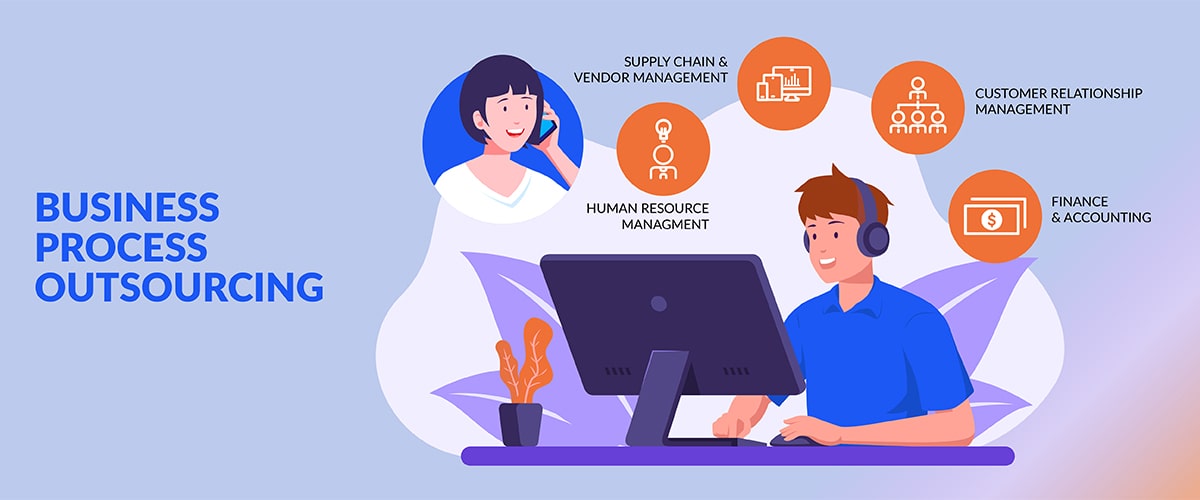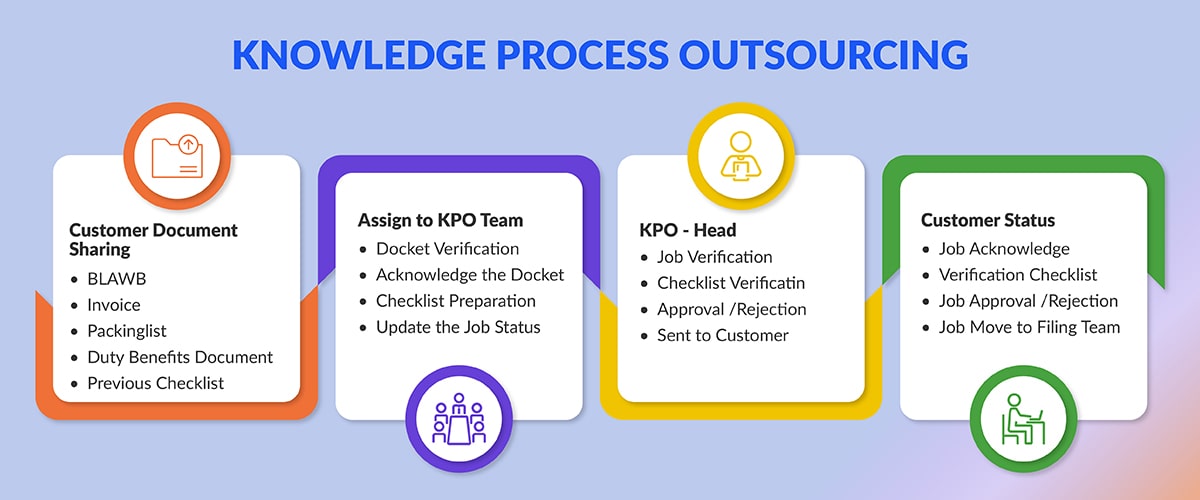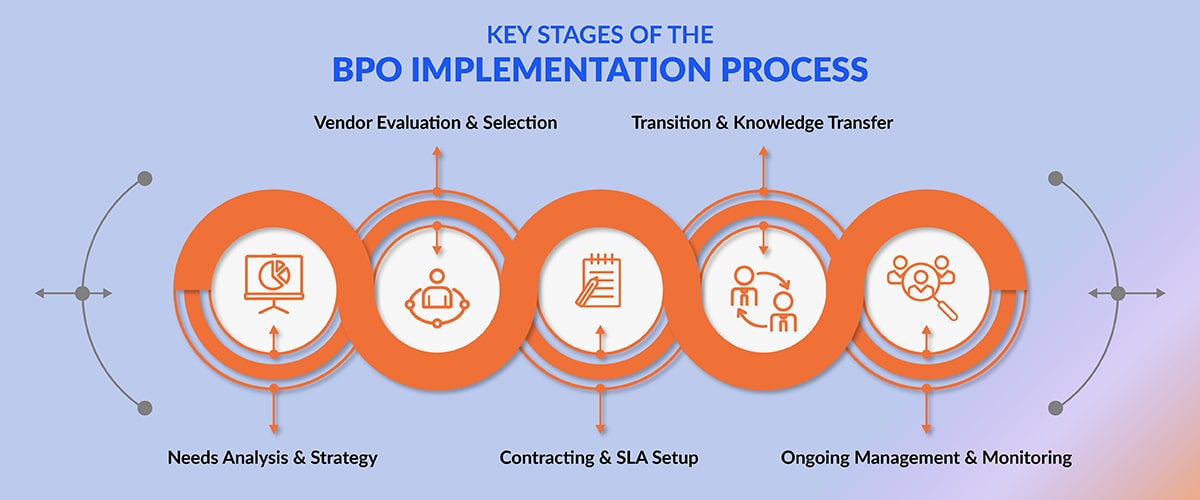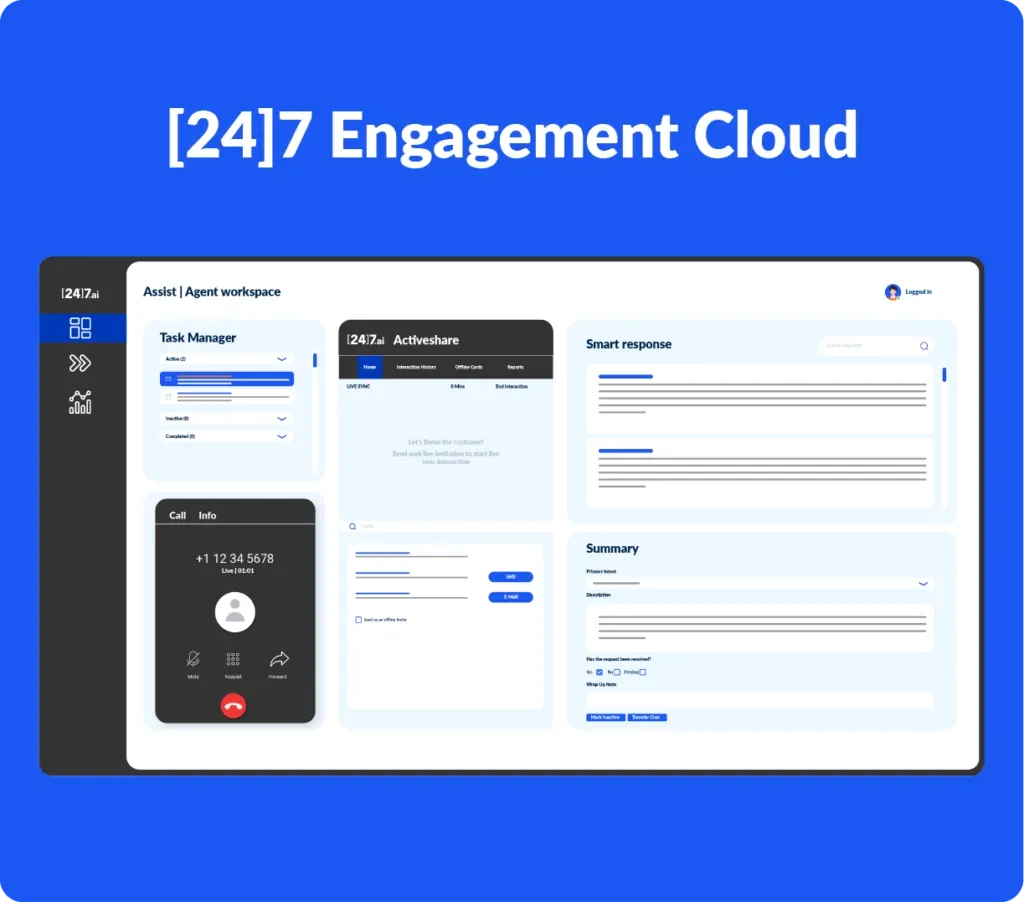Globally, companies are looking for innovative ways to reduce costs, optimize workflows, and maintain their competitive advantage. One of the most effective and profitable strategies that they’ve achieved is delegation through Business Process Outsourcing (BPO).
Research shows that the global BPO market is expected to hit US$525.23 billion by 2030, growing steadily at 9.4% each year. This kind of growth speaks volumes about how valuable outsourcing has become.
What once was a simple cost-cutting strategy is now a sophisticated business model. Business process outsourcing enables organisations to use the latest technologies and access global talent while focusing on their core competencies.
Read on to learn how this approach is changing the way corporations run their operations globally.
What is Business Process Outsourcing (BPO)?
To enhance efficiency, and to streamline processes, organizations outsource a non-core task to external third-party providers, so as to focus on core business. This also results in cost optimization as most of the third-party firms are based offshore in geographies that have lower operational cost.
Non-core tasks may include customer support, payroll, accounting and IT services.
These third party organizations have the necessary infrastructure, technology, and expertise to complete these tasks faster, with efficiency and at an optimized rate.

A clear example of this shift is seen in customer support, where a growing number of businesses are outsourcing the function to external partners to ensure comprehensive coverage, multilingual assistance, and scalable service. This highlights how companies are leaning on BPO to streamline essential but resource-heavy operations while maintaining quality and responsiveness.
Business Process Outsourcing (BPO) - Then vs. Now
BPO began to take shape when businesses started outsourcing the routine data entry and payroll processing tasks in the 1980s. Today BPO includes advanced services such as:
- Customer relationship management
- Financial analysis and other complex information-based processes that call for advanced analytical skills and specialised knowledge.
Data says that over 40% of support desk roles in banking and finance are now outsourced. This underscores the growing trust in BPO for handling high-value, customer-facing operations in highly regulated sectors.
Types of Business Process Outsourcing (BPO) - Services
Let’s explore the various categories of services that fall under BPOs. They are typically classified into three main categories:
1. Front-Office BPO Services
Customer-facing operations that have a direct impact on customer satisfaction and experience are the focus of front-office BPO. These BPO offerings are designed to enhance the overall customer experience across multiple touchpoints, including voice, email, live chat, and social media. Key services include:
- Customer service and support- handling inquiries, resolving issues, and offering technical help.
- Sales and lead generation- prospecting, qualifying leads, and closing deals.
- Marketing services that include running digital campaigns, managing social media, and creating content.
- Live chat support includes instantaneous client service via web-based chat systems.
2. Back-Office BPO Services
As important as the front-office, back office services do not deal directly with the clients but are a critical part of your business operations. These services include:
- Human resources- hiring, processing payroll, and managing benefits.
- Accounting and finance- bookkeeping, accounts payable and receivable, and financial reporting.
- Data entry and processing include database administration, data analysis, and document digitisation.
- IT support- Help desk services, system maintenance, and software development.
3. Knowledge Process Outsourcing (KPO)

KPO takes outsourcing a step further, focusing on specialized tasks that require deep expertise, critical thinking, and domain knowledge. It encompasses critical functions such as:
- Research and analytics- From market research to business intelligence and data analytics.
- Legal services- compliance monitoring, legal research, and contract evaluation.
- Engineering services- technical documentation, CAD services, and product design.
- Investment research, financial modelling, and risk assessment.
How does a BPO Function?

Here’s how the process usually unfolds:
1. Needs Assessment and Strategy Development
Organizations begin by analyzing their current workflows, identifying inefficiencies, and pinpointing non-core functions that drain time or resources. This stage aligns outsourcing decisions with long-term goals, using performance data and cost-benefit analysis to guide the strategy.
2. Vendor Selection and Evaluation
The selection process demands more than surface-level due diligence. It requires a rigorous evaluation of a provider’s domain expertise, delivery performance, compliance standards, and ability to integrate seamlessly with your organization’s culture and pace of innovation. Important elements consist of:
- Infrastructure and technical know-how
- Security procedures and certifications of compliance
- Flexibility and scalability
- Time zone and geographic location considerations
- Pricing models and cost structures
3. Contract Negotiation and SLA Establishment
After a provider has been chosen, detailed contracts are created, including Service Level Agreements (SLAs) that outline:
- Performance metrics and quality standards
- Communication protocols and reporting requirements
- Data security and confidentiality measures
- Pricing structures and payment terms
- Dispute resolution procedures
4. Transition and Knowledge Transfer
The transition phase involves transferring processes, documentation, and institutional knowledge to the BPO provider. This includes:
- Process mapping and documentation
- Staff training and certification
- Technology integration and setup
- Pilot testing and validation
5. Ongoing Management and Monitoring
Continuous oversight ensures that the BPO partnership delivers expected results through:
- Regular performance reviews and reporting
- Quality assurance monitoring
- Process optimisation and improvement
- Relationship management and communication
[24]7.ai's Offerings - What can we do for you?
At [24]7.ai, we combine the power of advanced artificial intelligence with the emotional intelligence of trained human agents to deliver transformative customer experiences. Our BPO approach is built on innovation, performance, and results, not just transactions. With intelligent automation, real-time agent assistance, and deep analytics, we help you reduce costs, increase productivity, and deliver faster, more empathetic customer service across every channel.
If you’re looking to optimize contact center operations, scale support globally, or unlock greater efficiency without sacrificing quality, [24]7.ai is the strategic partner that helps you stay ahead of the competition.
Ready to see the impact of intelligent outsourcing by exploring our CX Services?
Frequently Asked Questions
While BPO originated in IT and finance, it's now widely adopted in sectors like healthcare, e-commerce, telecommunications, BFSI, and travel—where high-volume support, multilingual service, and 24/7 availability are crucial.
Leading BPO providers follow strict security protocols, including GDPR, HIPAA, ISO certifications, and role-based access controls. However, it’s essential to review a provider’s compliance framework before onboarding.
Yes. Most modern BPO firms offer seamless integration with platforms like Salesforce, SAP, Zendesk, and custom APIs to ensure continuity in operations and reporting.
Indicators include reduced average handling time (AHT), improved CSAT/NPS scores, lower operational costs, increased first-call resolution (FCR), and better workforce utilization.
While both models aim to optimize operations, BPO outsources tasks to an external provider, while shared services centralize functions internally within the same organization.



